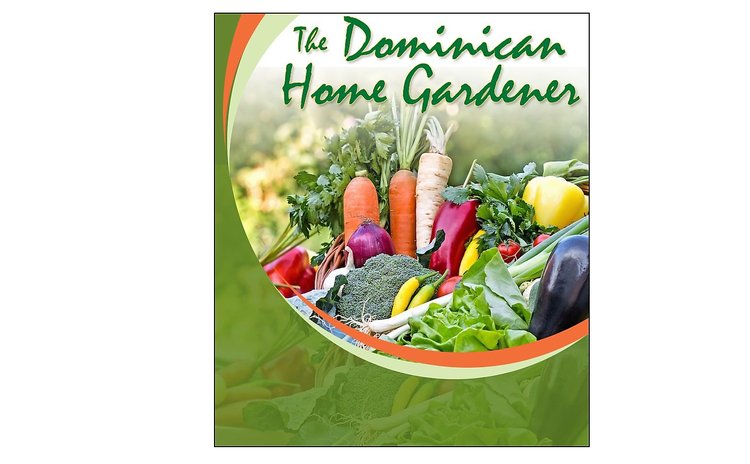Ten tips for better watering of your veggies

Everyone knows vegetables need water to grow. What they might not know is that vegetables need adequate water even after the plants have set fruit. Vegetables, after all, are mostly water. Consider, for example, the water content of these commonly grown vegetables:
Cucumbers and lettuce: 96 percent; Zucchini, radish and celery: 95 percent; Tomatoes: 94 percent; Green cabbage: 93 percent; Cauliflower, eggplant, red cabbage, peppers and spinach: 92 percent; Broccoli: 91 percent; Carrots: 87 percent; Green peas and white potatoes: 79 percent.
Vegetables, after all are vegetable-favoured water.
Here are some tips to better manage water in your garden.
-
Water deeply. Apply water two to three times a week and water deeply each time as opposed to a brief, shallow watering every day. Watering deeply — moistening the soil to a depth of six inches is ideal — will encourage plants to send roots well into the ground. Deep roots help plants better sustain stresses caused by hot and dry weather. Collect rainwater. It's free and even contains beneficial trace nutrients.
-
Know your soil type. If you have a sandy soil, the water is going to filter right through, whereas a clay soil is going to hold water. People who have sandy soils, therefore, will need to strive to give the plants more water than plants growing in clay soils.
-
Water early in the morning. You'll lose less water to evaporation by watering before the heat of the day sets in. If you get water on plant leaves, they'll have plenty of time to dry, which reduces the chance of fungal and disease problems than if you water late in the day.
-
Use a drip or soaker hose. You can apply water next to the plants where the water will seep deep into the root zones. You will also avoid watering between rows and in walkways, which wastes water and can promote weeds to grow. These are best on even ground.
-
Use mulch. There are a number of advantages to mulch. An ideal mulch is three inches thick. Leave a space of one-three inches between the base of the plant and the mulch. Mulch mediates the soil temperature, conserves water by preventing evaporation and holds down fungal diseases from rain that can splash fungal spores onto bottom leaves.
-
Removed leaves that don't look right. Leaves of vegetable plants, particularly lower leaves, can experience many problems from water. Pull yellow or spotted leaves from the plants and dispose of them away from the garden. Sanitation is one of the most important aspects of home vegetable gardening.
-
Observe your plants. They'll let you know if you're watering them properly. Wilted leaves are just one example of how plants "talk" to us. It's important to avoid these types of problems because they weaken plants.
-
Observe the soil. Simply use a spoon or a trowel to see how deeply moisture has penetrated your soil. As mentioned, the ideal depth is six inches. The depth of your moisture will let you know if you've watered enough.
-
Don't Water too fast. If you're hand watering with a hose, avoid hitting your plants with a hard stream of water. The problem with watering too fast is that you'll have a lot of water that just runs off and winds up being wasted. Instead, use a steady small stream of water.
-
Don't water too much. When you water too much, plants will actually get the same symptoms (wilting) as they would if you weren't watering your plants enough. The problem with too much water is that the plant roots can't breathe. Roots need oxygen.
(Source: Home & Garden: "Are You Watering Your Veggies the Right Way?" by Tom Oder)




